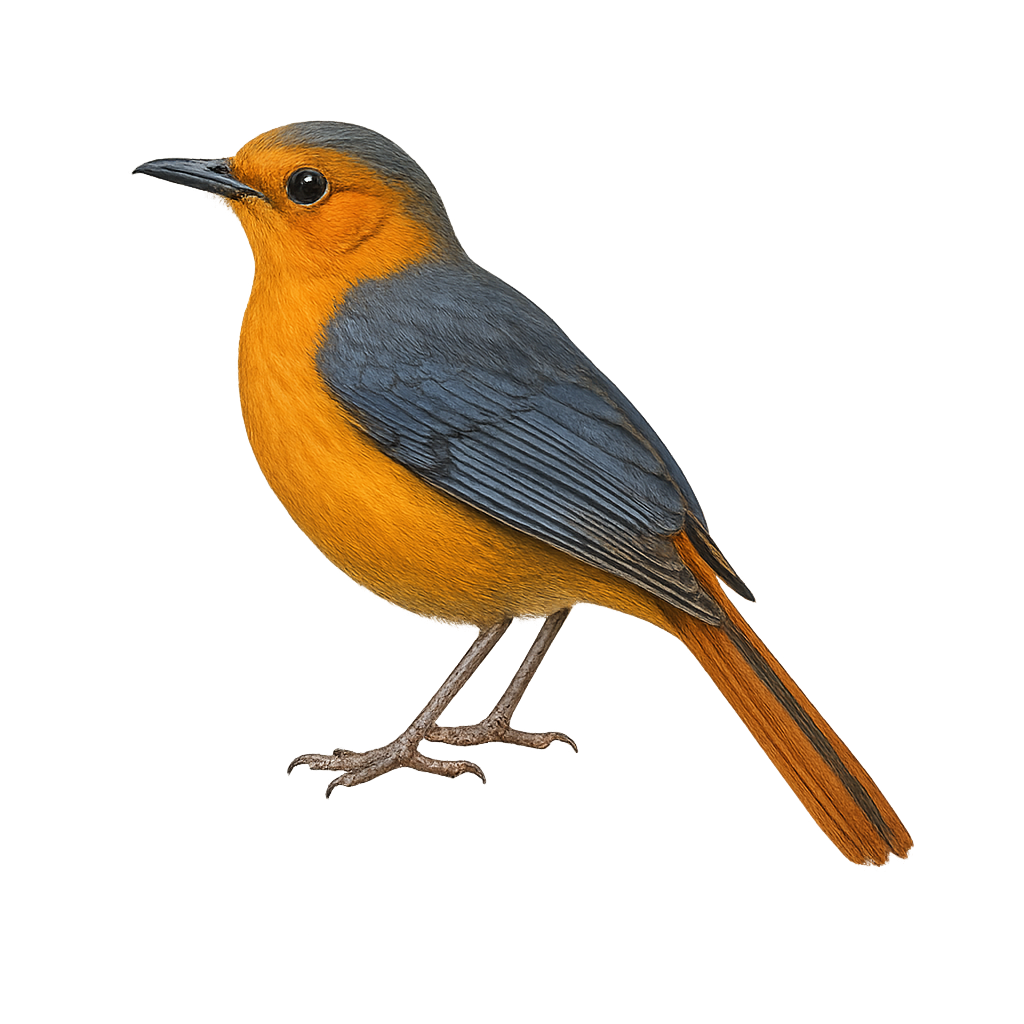Your wildlife photography guide.
Explore the natal robin in detail, study its behavior, prepare your shots.
Where to observe and photograph the natal robin in the wild
Learn where and when to spot the natal robin in the wild, how to identify the species based on distinctive features, and what natural environments it inhabits. The WildlifePhotographer app offers tailored photography tips that reflect the natal robin’s behavior, helping you capture better wildlife images. Explore the full species profile for key information including description, habitat, active periods, and approach techniques.
Natal Robin
Scientific name: Cossypha natalensis

IUCN Status: Least Concern
Family: MUSCICAPIDAE
Group: Birds
Sensitivity to human approach: Suspicious
Minimum approach distance: 5 m
Courtship display: September to November
Incubation: 13-15 jours
Hatchings: September to December
Habitat:
dense forests, shaded gardens, wooded savannas
Activity period :
Primarily active during the day, with peak activity in the morning and late afternoon.
Identification and description:
The Natal Robin is a medium-sized songbird known for its vibrant plumage and melodious song. It features a grey head and back, with a bright orange throat and belly. This bird is often seen in dense forests and shaded gardens of southern Africa. It is known for its curious nature and territorial behavior, often spotted hopping on the ground in search of insects and fruits. Although generally solitary, it can sometimes be seen in small family groups. Its ability to adapt to various habitats makes it a common resident within its range.
Recommended lens:
400 mm – adjust based on distance, desired framing (portrait or habitat), and approach conditions.
Photography tips:
To photograph the Natal Robin, choose sunny mornings when natural light highlights its colorful plumage. Use a 400mm or longer telephoto lens to capture detailed images without disturbing the bird. Be patient and discreet, as this bird can be suspicious. Look for it in undergrowth or near water sources where it likes to feed. A tripod can be helpful to stabilize your camera and achieve sharp shots.
The WildlifePhotographer App is coming soon!
Be the first to explore the best nature spots, track rutting seasons, log your observations, and observe more wildlife.
Already 1 439 wildlife lovers subscribed worldwide

